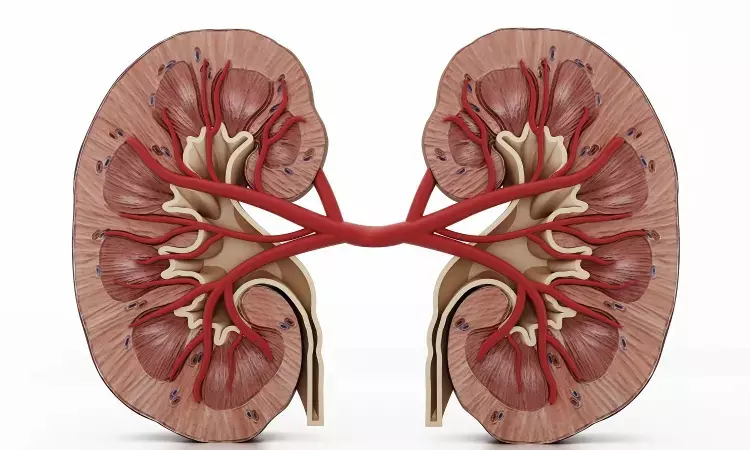- Home
- Medical news & Guidelines
- Anesthesiology
- Cardiology and CTVS
- Critical Care
- Dentistry
- Dermatology
- Diabetes and Endocrinology
- ENT
- Gastroenterology
- Medicine
- Nephrology
- Neurology
- Obstretics-Gynaecology
- Oncology
- Ophthalmology
- Orthopaedics
- Pediatrics-Neonatology
- Psychiatry
- Pulmonology
- Radiology
- Surgery
- Urology
- Laboratory Medicine
- Diet
- Nursing
- Paramedical
- Physiotherapy
- Health news
- Fact Check
- Bone Health Fact Check
- Brain Health Fact Check
- Cancer Related Fact Check
- Child Care Fact Check
- Dental and oral health fact check
- Diabetes and metabolic health fact check
- Diet and Nutrition Fact Check
- Eye and ENT Care Fact Check
- Fitness fact check
- Gut health fact check
- Heart health fact check
- Kidney health fact check
- Medical education fact check
- Men's health fact check
- Respiratory fact check
- Skin and hair care fact check
- Vaccine and Immunization fact check
- Women's health fact check
- AYUSH
- State News
- Andaman and Nicobar Islands
- Andhra Pradesh
- Arunachal Pradesh
- Assam
- Bihar
- Chandigarh
- Chattisgarh
- Dadra and Nagar Haveli
- Daman and Diu
- Delhi
- Goa
- Gujarat
- Haryana
- Himachal Pradesh
- Jammu & Kashmir
- Jharkhand
- Karnataka
- Kerala
- Ladakh
- Lakshadweep
- Madhya Pradesh
- Maharashtra
- Manipur
- Meghalaya
- Mizoram
- Nagaland
- Odisha
- Puducherry
- Punjab
- Rajasthan
- Sikkim
- Tamil Nadu
- Telangana
- Tripura
- Uttar Pradesh
- Uttrakhand
- West Bengal
- Medical Education
- Industry
Lumasiran shows efficacy in adults with reduced GFR and primary hyperoxaluria type 1

Primary hyperoxaluria type 1 (PH1) is a rare, genetic disease characterized by excessive hepatic oxalate production that frequently causes end-stage kidney disease (ESKD). Lumasiran is an RNA interference therapeutic that is administered subcutaneously for the treatment of PH1.
Lumasiran has been shown to reduce oxalate levels in the urine and plasma of patients with PH1 who have relatively preserved kidney function. In the ILLUMINATE-C study, the efficacy and safety of lumasiran were evaluated in patients with PH1 and advanced kidney disease, including a cohort of patients on hemodialysis.
During the 6-month primary analysis period, lumasiran resulted in substantial reductions in plasma oxalate with acceptable safety in patients with PH1 complicated by advanced kidney disease. The most commonly reported lumasiran-related adverse events were injection-site reactions. These results were recently published in the American Journal of Kidney Diseases (AJKD).
Reference:
Mini Michael, Jaap W. Groothoff, Hadas Shasha-Lavsky, John C. Lieske, Yaacov Frishberg, Eva Simkova, Anne-Laure Sellier-Leclerc, Arnaud Devresse, Fitsum Guebre-Egziabher, Sevcan A. Bakkaloglu, Chebl Mourani, Rola Saqan, Richard Singer, Richard Willey, Bahru Habtemariam, John M. Gansner, Ishir Bhan, Tracy McGregor, Daniella Magen, Published:July 14, 2022
DOI:https://doi.org/10.1053/j.ajkd.2022.05.012
Dr Kamal Kant Kohli-MBBS, DTCD- a chest specialist with more than 30 years of practice and a flair for writing clinical articles, Dr Kamal Kant Kohli joined Medical Dialogues as a Chief Editor of Medical News. Besides writing articles, as an editor, he proofreads and verifies all the medical content published on Medical Dialogues including those coming from journals, studies,medical conferences,guidelines etc. Email: drkohli@medicaldialogues.in. Contact no. 011-43720751


